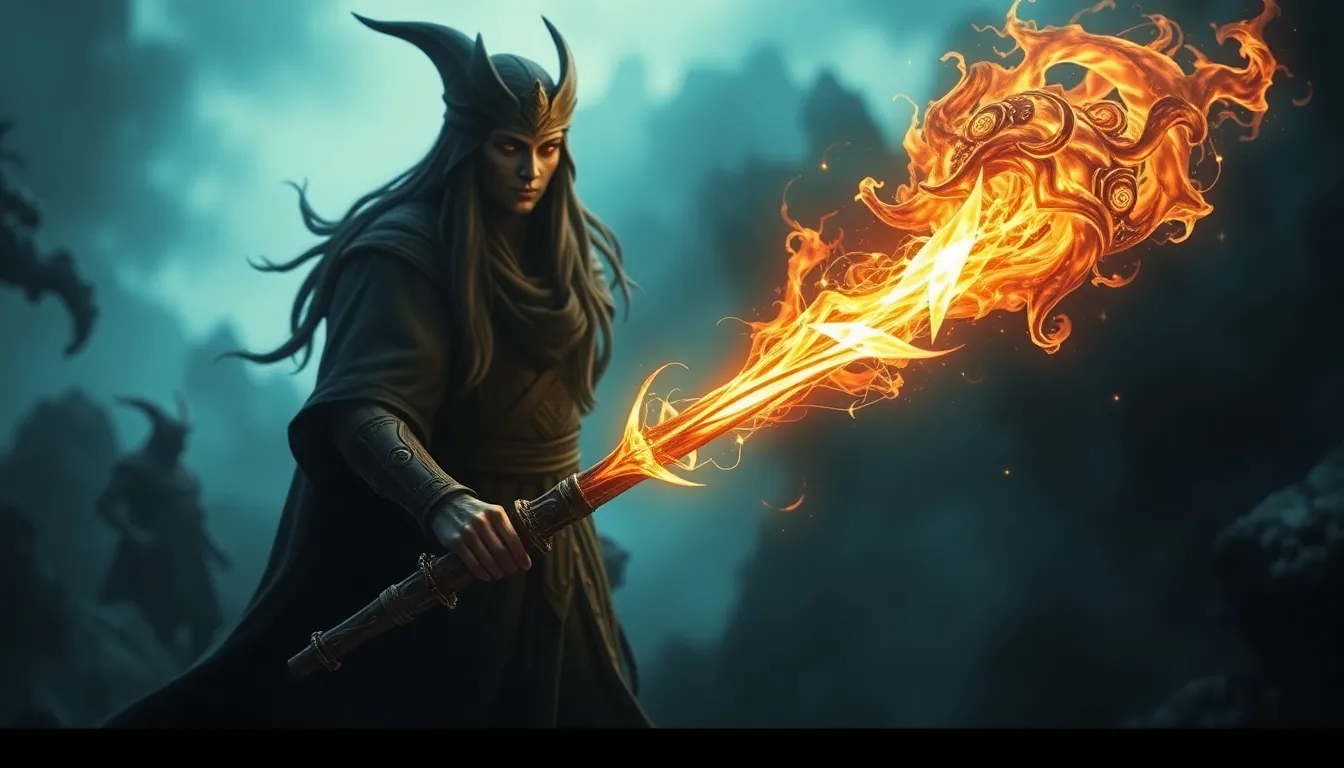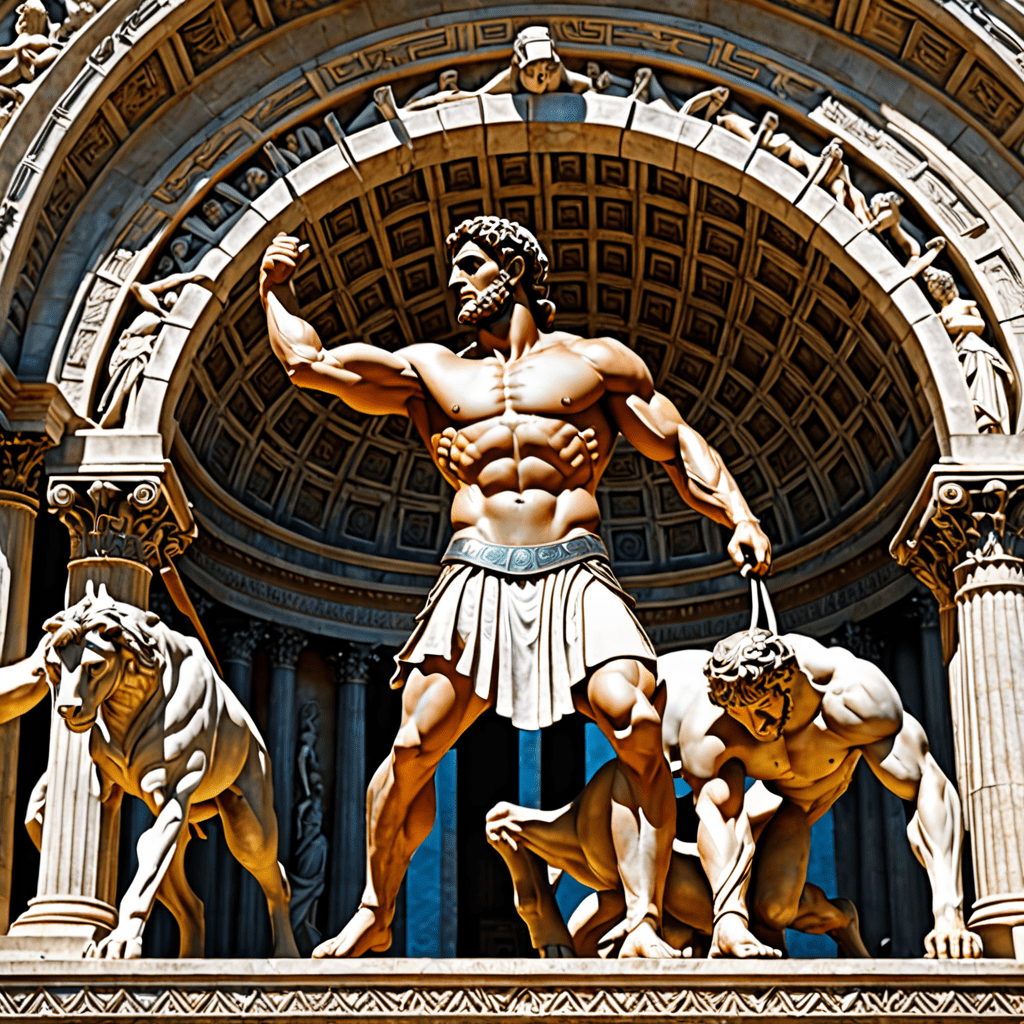End of the World Myths: What They Tell Us About Humanity
1. Introduction to End of the World Myths
End of the world myths, often referred to as apocalyptic narratives, are stories that depict the ultimate destruction or significant transformation of the world as we know it. These narratives have captivated human imagination across cultures and centuries, reflecting deep-seated fears, hopes, and existential questions about our existence. The significance of these myths lies not only in their dramatic content but also in what they reveal about human nature, societal values, and our collective psyche.
The global fascination with end-of-the-world stories can be traced back to ancient civilizations and continues to thrive in modern times. From religious texts to contemporary media, these narratives resonate with individuals facing uncertainty and change, providing a framework to understand their world.
2. Historical Context of Apocalyptic Beliefs
Throughout history, various civilizations have developed their own apocalyptic beliefs that often reflect their cultural values and existential concerns. Early predictions of the end of the world can be seen in ancient texts, prophecies, and folklore. For instance, the Sumerians and Babylonians had intricate myths about cosmic battles leading to the world’s end.
Religion and mythology have played a pivotal role in shaping these apocalyptic beliefs. Many major religions include narratives about the end of times. In Christianity, the Book of Revelation presents vivid imagery of the apocalypse, while in Hinduism, the concept of cyclical time introduces the idea of recurring ages (Yugas) culminating in destruction.
3. Major End of the World Myths Across Cultures
Various cultures have their unique interpretations of apocalyptic events, each providing insight into their societal fears and values.
- The Christian Apocalypse: The Book of Revelation describes the Second Coming of Christ, a final judgment, and the ultimate defeat of evil, offering hope alongside the dire predictions.
- Hindu Cycles of Creation and Destruction: In Hindu belief, the Kali Yuga is the last of four stages the world goes through as part of the cycle of Yugas, marked by moral decline and chaos before the eventual renewal.
- The Mayan Calendar and the 2012 Phenomenon: Misinterpretations of the Mayan calendar led to widespread speculation about a catastrophic event occurring in December 2012, illustrating how modern interpretations can distort ancient beliefs.
- Indigenous Prophecies: Many Indigenous cultures have their prophecies concerning the end of the world, often emphasizing a return to harmony with nature and spiritual awakening rather than mere destruction.
4. Psychological Insights: Why We Create Catastrophe Narratives
The creation of catastrophe narratives is deeply rooted in human psychology. Fear and anxiety about the future often lead individuals and societies to envision apocalyptic scenarios. These narratives serve as coping mechanisms, helping people make sense of chaos and uncertainty.
Through apocalyptic myths, individuals seek to find meaning in suffering and chaos, often framing these experiences as part of a larger, divine plan. This search for meaning can manifest in various ways, including:
- Creating a sense of urgency to change behaviors (e.g., environmental activism).
- Fostering community among those who share similar beliefs.
- Providing a narrative that offers hope for renewal and transformation.
5. The Role of Science in Modern Apocalypse Narratives
In contemporary society, scientific advancements and discoveries have introduced new end-of-the-world scenarios that often reflect our fears about the future. Issues such as climate change, nuclear threats, and pandemics have become focal points of discussion around potential apocalyptic events.
The intersection of science fiction and societal fears has also given rise to a plethora of narratives that explore these themes. Movies, books, and other media often depict dystopian futures resulting from human actions, reflecting our anxieties about technology and environmental degradation.
6. Apocalyptic Themes in Literature and Media
Apocalyptic themes are prevalent in literature and media, often exploring the human condition in the face of catastrophe. Notable works include:
- “The Road” by Cormac McCarthy: This novel presents a bleak post-apocalyptic world, focusing on the bond between a father and son as they navigate survival.
- “The Stand” by Stephen King: A story about a pandemic that wipes out most of humanity, leading to a battle between good and evil in a new world.
- Movies like “Children of Men” and “Mad Max”: These films explore themes of survival, morality, and the human spirit amidst societal collapse.
These narratives often highlight human resilience and moral dilemmas, prompting audiences to reflect on their values and choices in a rapidly changing world.
7. Societal Responses to End of the World Predictions
End of the world predictions have led to various societal responses, including the emergence of movements and cults that are driven by apocalyptic beliefs. These groups often interpret signs of the times and may advocate for significant lifestyle changes or preparations for impending doom.
Additionally, doomsday prophecies can impact social behavior and policy-making, influencing how communities respond to crises. For example, fear of climate change has spurred environmental policies and grassroots movements aimed at sustainability.
8. The Role of Technology and the Digital Age in Shaping Myths
The digital age has transformed the way apocalyptic myths are disseminated and discussed. Social media platforms facilitate the rapid spread of end-time theories, allowing individuals to connect over shared beliefs and fears.
Moreover, technology such as virtual reality and gaming has begun to shape perceptions of apocalypse, allowing users to engage with catastrophic scenarios in immersive ways. This can influence how society perceives potential futures and the human experience of crisis.
9. Lessons Learned from End of the World Myths
End of the world myths reveal much about human nature and societal values. They highlight our fears, hopes, and the desire for meaning in an uncertain world. Through these narratives, we can learn valuable lessons, including:
- The importance of community and cooperation in facing challenges.
- The potential for hope and renewal, even in dire circumstances.
- A reminder of our responsibility to care for the planet and each other.
10. Conclusion: The Future of End of the World Myths
As we continue to navigate a complex and rapidly changing world, the relevance of apocalyptic myths remains potent. These narratives serve as mirrors reflecting our deepest fears and aspirations, offering a space for reflection and dialogue.
In exploring the possibility of new narratives for humanity’s future, it is essential to focus on themes of resilience, unity, and hope. By shifting our perspective from doom to renewal, we can create a more positive vision for the future, embracing the lessons learned from our past while forging a path forward.



